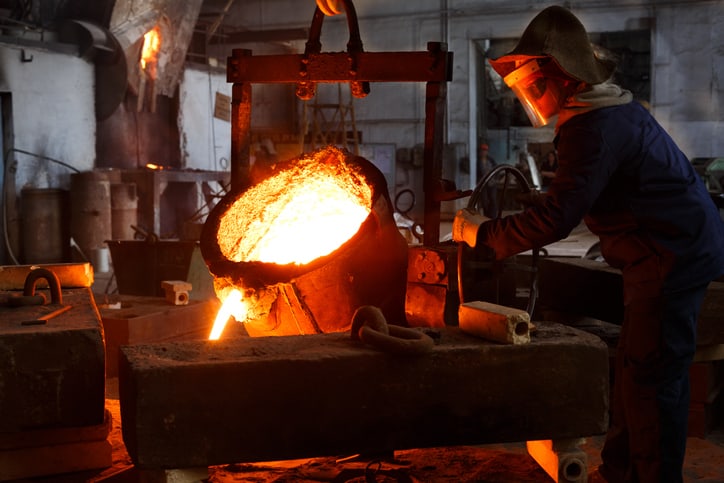Rhodium is a precious and very rare metal. The main use of it according to the Royal Society of Chemists is in catalytic converters for cars. This accounts for approximately 80% of its use, where it can offset harmful nitrogen oxides in exhaust gases.
Over the last few years tightening emissions standards across Europe and elsewhere (most notably China and India) have led to an increase in demand. These stricter requirements mean more rhodium is required in catalytic converters to control greenhouse gas releases.
Additionally, the supply of the metal is largely restricted as it’s difficult to process due to its high melting point.
Should you invest £1,000 in Unilever right now?
When investing expert Mark Rogers has a stock tip, it can pay to listen. After all, the flagship Motley Fool Share Advisor newsletter he has run for nearly a decade has provided thousands of paying members with top stock recommendations from the UK and US markets. And right now, Mark thinks there are 6 standout stocks that investors should consider buying. Want to see if Unilever made the list?
In this kind of scenario, where there’s increasing demand and tight supply, prices are generally strong.
The ETC I am looking at
I am able to invest in rhodium through an ETC (Exchange Traded Commodity). This is a fund that tracks the price of a commodity but trades like a share that I can buy from most online brokers.
The fund in question is db Physical Rhodium ETC (LSE: XRH0). It’s a small fund, being less than $100m in size. I also think it’s quite expensive, with a management charge of 0.95%.
That said, the price chart is where the numbers really get interesting. Over five years, this fund is up over 1,400%.
The price of rhodium started to increase very rapidly at the start of 2020. This jump in price led to all sorts of consequences, including a rise in the theft of catalytic converters.
Yet during Covid, there was a fall in demand for cars and therefore lower rhodium demand from carmakers. However, a reduction in supply due to the strict Covid restrictions in South Africa (where the majority of rhodium is mined) kept prices strong.
It’s also worth noting that from the middle of this year, the price has dropped significantly.
There are two reasons for this. First, on the supply side, increasing output as mining levels have normalised has pushed down prices. Second, though car demand has been picking up, it hasn’t been matched in the output of cars. Supply-side shortages in other vehicle parts, most noticeably semiconductor chips, have stifled production.
Since carmakers are the biggest buyers of rhodium, it’s no wonder that demand for this precious metal has fallen.
Am I going to buy the ETC?
I’m not comfortable buying this ETC just yet. The five-year price action is certainly attractive, but I’m not confident about adding it to my portfolio.
With an eye to the long term, I think that the production and popularity of electric and fuel-cell vehicles will probably grow. These don’t require catalytic converters.
I can’t see clearly whether demand for this precious and rare metal ETC will increase over the long term, therefore for the moment I’ll keep looking at other investments.








